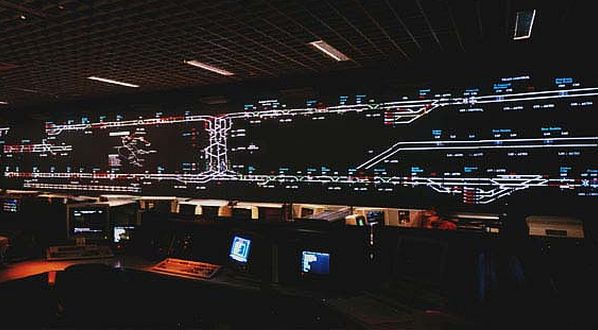Bart’s existing fixed-block signalling system dates from when the first line opened in 1972 and is constraining capacity. The new CBTC system, which will be installed over the next 11 years, will be based on moving block and will allow Bart to run more trains.
“This will be a pivotal project in Bart’s history,” says Mr Bob Powers, Bart’s general manager. “We will now be able to eliminate aged and obsolete equipment. Modernising our train control system will help us to support future ridership in the busiest sections of our system.”
The CBTC project will be funded from local, state, and federal sources. This includes $US 400m from Measure RR which voters in Alameda, Contra Costa, and San Francisco counties approved in 2016 to provide $US 3.5bn in bond funding to rebuild Bart’s infrastructure.
Hitachi Rail STS has also been awarded a $US 82m contract to install CBTC on the 25.7km Silicon Valley extension to the network, funded by Santa Clara Valley Transportation Authority.
The new train control system is one of four capital investment projects that make up the $US 3.5bn Transbay Corridor Core Capacity Project, which includes 306 metro cars, a maintenance depot for the new trains, and new substations to ensure reliable power supply.
“The Transbay Corridor Core Capacity Project will boost Bart’s overall capacity by 45%,” says Mr Carl Holmes, Bart’s assistant general manager for planning, development, and construction. “This is critical because our trains are already crowded, and we anticipate the average number of riders who travel Transbay per hour during the commute will jump to 30,000 by 2030.”

